Fighters loyal to Yemen’s exiled government announced on Wednesday the interception of 750 tons of Iranian-supplied missiles and arms allegedly intended for the Houthi rebels. This marks a significant development in Yemen’s prolonged conflict, with Tehran long accused of backing the Houthis.
The seizure was carried out by the National Resistance Force, a militia affiliated with Tariq Saleh, nephew of former Yemeni President Ali Abdullah Saleh. This is the first major arms interdiction attributed to this group, highlighting their growing role in the ongoing conflict.
Seized Weapons, Missiles, and Manuals Highlight Iran’s Role in Houthi Rebel Support
Video footage released by the National Resistance Force displayed a range of weaponry, including anti-ship missiles and Iranian-made Type 358 anti-aircraft missiles.
These are the same types believed to have been used by the Houthis in recent Red Sea attacks that resulted in the sinking of two ships and the deaths of at least four people. The footage also showed drone parts, warheads, and other components, reinforcing accusations of Iranian involvement in arming the rebels, despite Tehran’s continued denials.
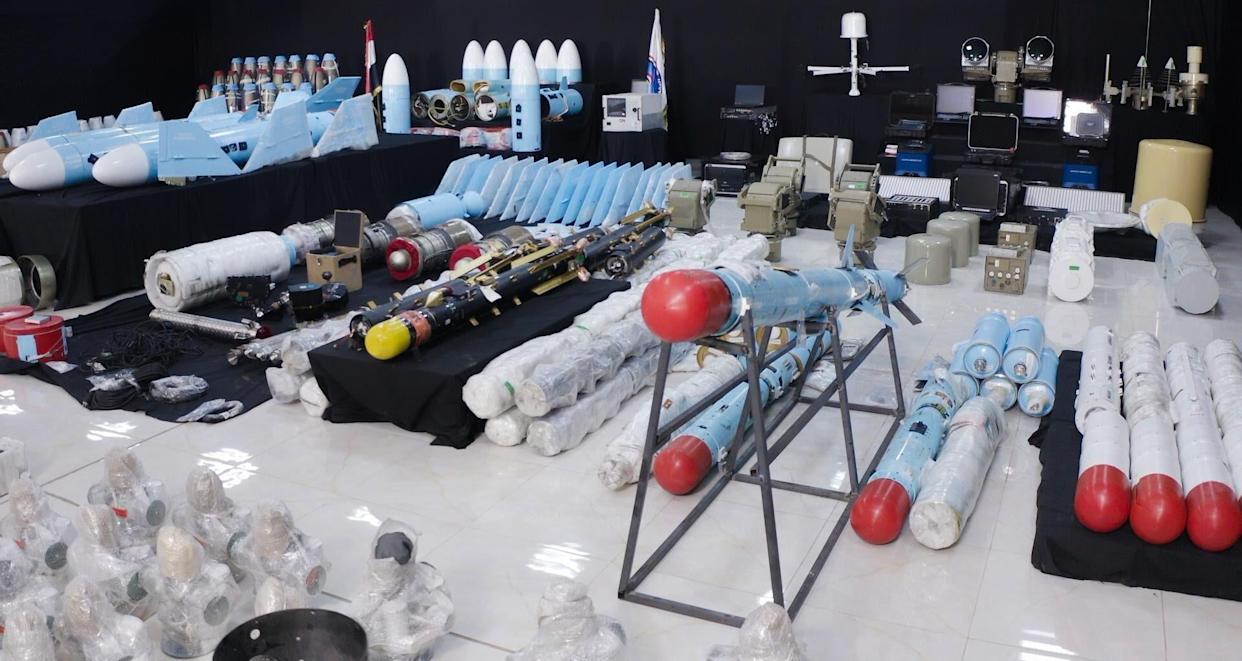
The U.S. Central Command (CENTCOM) commended the seizure, stating that materials found included Farsi manuals and systems produced by a company tied to Iran’s Ministry of Defense, which is under U.S. sanctions. CENTCOM commander Gen.
Michael Erik Kurilla emphasized that the interception exposed Iran’s destabilizing role in the region. He stressed the importance of blocking the flow of Iranian arms to maintain stability, secure maritime navigation, and contain further escalation in the region.
Iran Denies Involvement as Yemen War Fuels Ongoing Crisis and Humanitarian Catastrophe
Despite mounting evidence, Iran has consistently denied arming the Houthi rebels. However, numerous U.S. Navy and international operations have intercepted similar shipments over the years, and Iranian weapons have been found in Houthi-controlled areas.
The Houthis took over Yemen’s capital, Sanaa, in 2014, prompting a Saudi-led coalition to intervene in 2015 on behalf of the internationally recognized government. The war has since dragged on with no decisive outcome.
Yemen’s civil war has led to catastrophic consequences for its population. Over 150,000 people, including both fighters and civilians, have been killed since the conflict began.
The prolonged fighting has driven millions into famine, destroyed infrastructure, and created one of the world’s worst humanitarian crises. The latest arms seizure underscores the enduring volatility in the region and the persistent challenges to achieving peace and stability in Yemen.

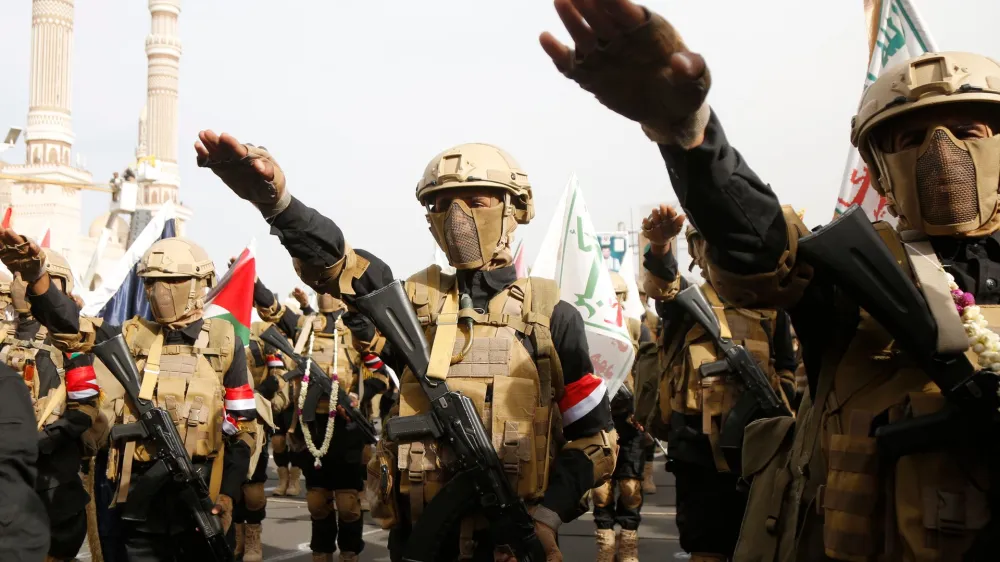





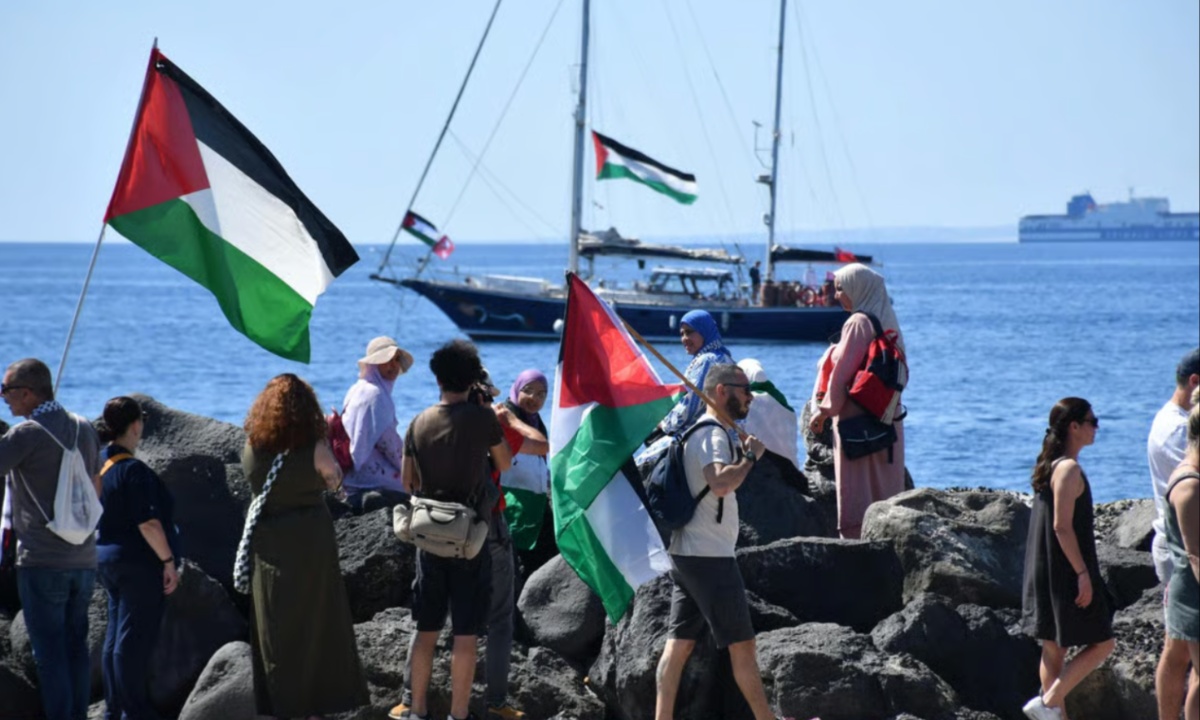
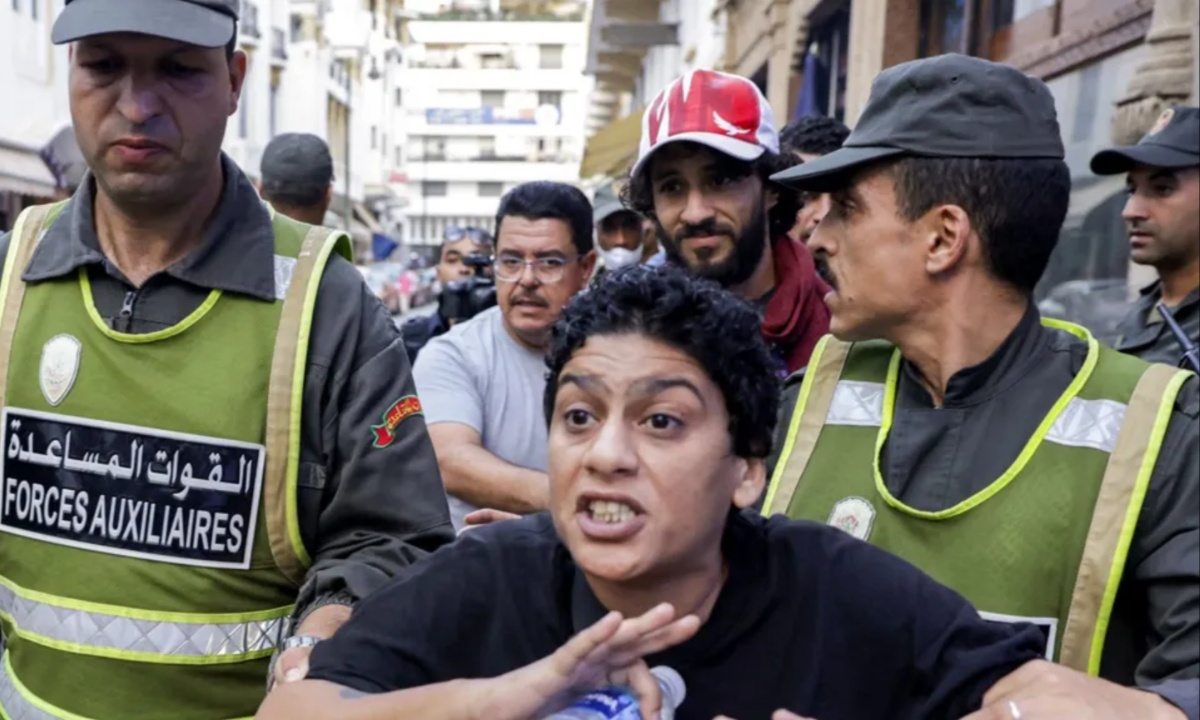
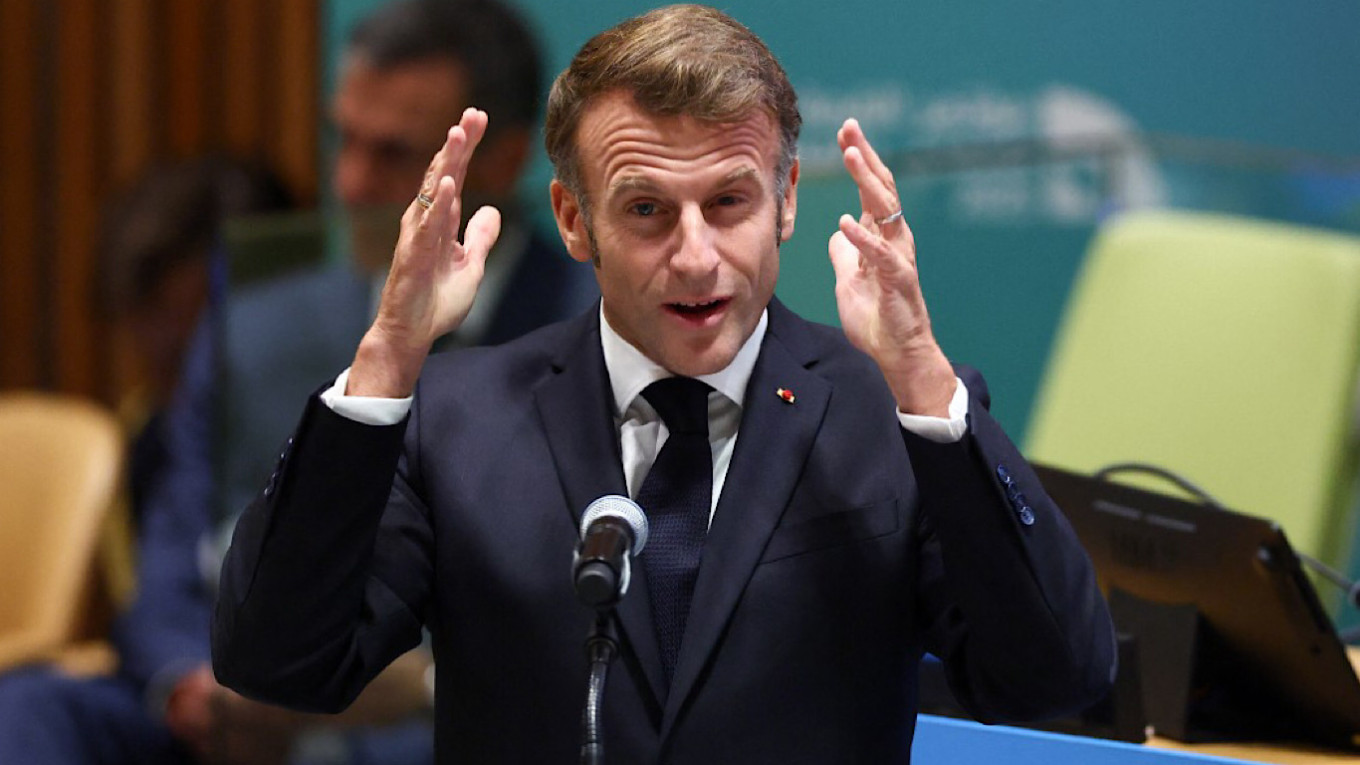
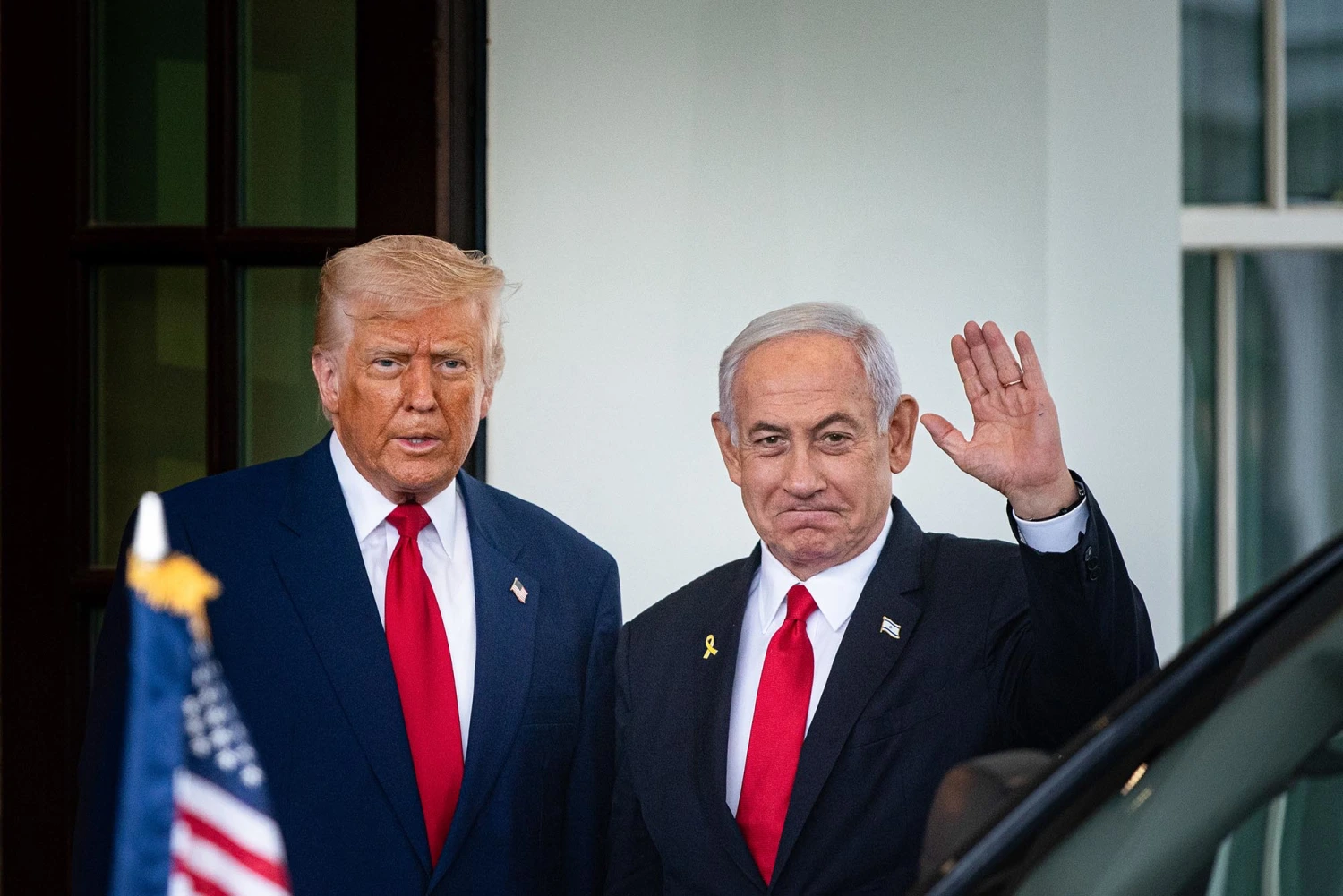
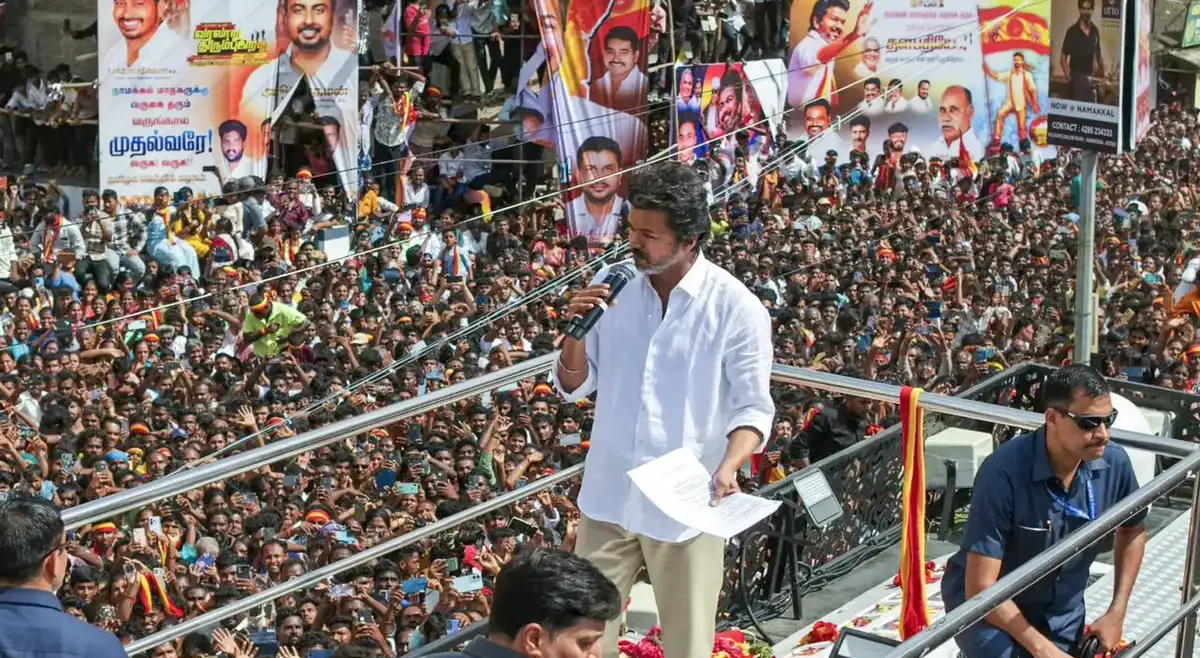
Leave a Reply